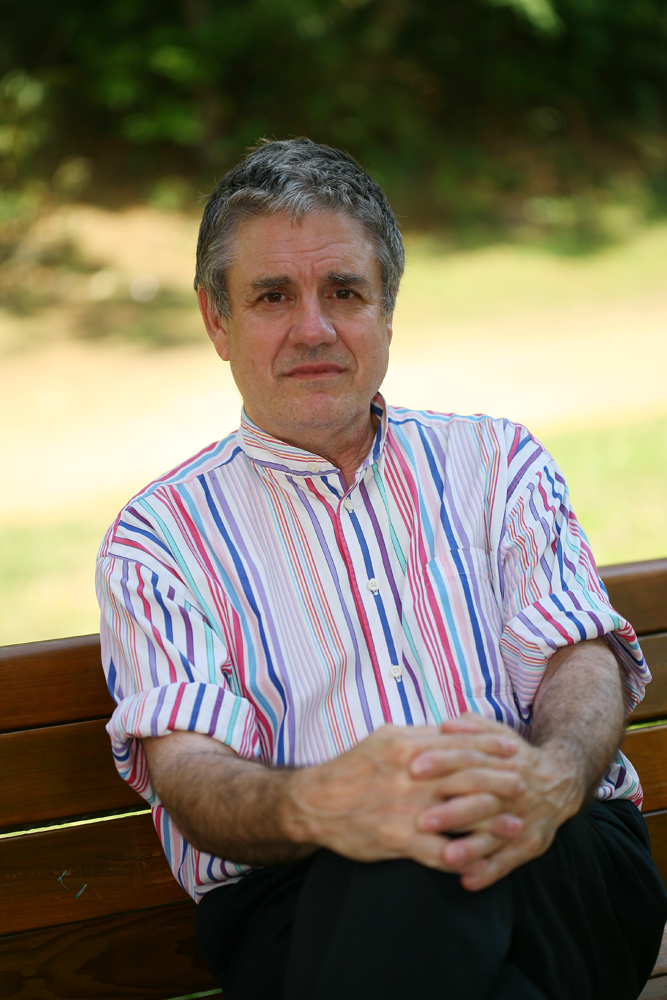Columns
Welcome to the ‘Eros Effect’, Gen Z
The effect includes simultaneous appearance of multiple revolts and common belief in new values.
George Katsiaficas
Nepal’s Gen Z uprising erupted suddenly and dispersed just as quickly, but it did not come out of nowhere, and it will certainly imprint on what comes next. The country has a history of recent uprisings that have helped to transform the government each time. The Jana Andolans (People’s Movements) of 1990 and 2006 finally succeeded in abolishing the monarchy in 2008, but ‘democracy’ could not end corruption and nepotism. It may have improved roads and electricity, but it could not solve the country’s problem of high unemployment, which especially affected Gen Z.
After ‘Nepo babies’—children of political leaders, government officials and the wealthy class—posted ‘glamorous’ photos of their luxurious lifestyles, thereby mocking the poverty endured by a majority of youth, the revolt was imminent. It was triggered by a social media ban that sparked nationwide protests. The ban may have contributed to the turmoil, but the root causes run far deeper, in endemic corruption, high unemployment and vast discrepancies in life opportunities between the elite and the poor.
Recent explosions in Sri Lanka (March 2022), Bangladesh (June 2024) and Indonesia (July 2025) all preceded and prefigured Nepal’s most recent Gen Z Revolution. Many of the demonstrators in Nepal claimed to have been inspired by Indonesian youth. In both Indonesia and Nepal, the One Piece flag, Jolly Roger of the Strawhats pirate crew in the popular anime, fluttered over protesters’ heads as a symbol of their defiance to their nations’ governments. None of these four recent uprisings involved centralised leadership or relied on traditional political parties. All involved students at their centres. Each erupted overnight, without warning or statements of intent, without governments knowing the magnitude of turmoil ahead.
What I called the ‘Eros Effect’ to explain the global proliferation of revolutionary actions in 1968 has once again been activated. After 1968, other moments of simultaneous outbreak of protests are evident in the global disarmament movement of the early 1980s, the Arab Spring and the Occupy Wall Street protests in 2001, the alter-globalisation insurgencies from the Zapatistas to Seattle, and most importantly although less well-known, the string of Asian uprisings in the Philippines (1986); South Korea (1987); Burma (1988); Tibet, Taiwan and China (1989); Nepal and Bangladesh (1990); and Thailand (1992).
I developed the concept of the Eros effect to understand the sudden and synchronous international emergence of hundreds of thousands of people who occupy public space and call for a completely different political reality. Other dimensions of this phenomenon include the simultaneous appearance of revolts in many places; the intuitive identification of hundreds of thousands of people with each other across national and ethnic dividing lines; their common belief in new values and symbols; and the suspension of normal daily routines like competitive business practices, criminal behaviour and acquisitiveness. Following Herbert Marcuse’s theories, I see the instinctual need for freedom being sublimated into collective phenomena during moments of the Eros effect.
What we now are living in is another instance of the synchronised uprisings against corrupt governments. These volcanic eruptions have swept away regimes in Dhaka and Kathmandu, and shaken Colombo and Jakarta into making reforms unimaginable only days before. Bangladeshi micro-credit pioneer and Nobel Prize winner Muhammad Yunus became the chief advisor to the interim government on August 8, 2024 (after the escape to India of former prime minister Sheikh Hasina). When Sri Lanka had new elections in 2024, Anura Kumara Dissanayake, a very progressive independent leftist, was selected by voters.
In Nepal, former Chief Justice Sushila Karki has been appointed interim prime minister and elections are scheduled for March 5, 2026. Whether or not she will be able keep her promise to punish ‘every corrupt politician’ remains to be seen. And it is still uncertain whether monarchists or progressives will have any significant say in the leadership future of the country.
Meanwhile, protests have spread to ‘Block Everything’ in France, where pent-up grievances with Macron’s austerity measures, especially cuts to social services, became militant. On September 10, at least 175,000 people in 550 places went into the streets to blockade traffic. More than 80,000 police used flash bangs, clubs and tear gas to keep the morning rush hour flowing. Some 500 people were arrested. Striking hospital workers joined together with the blockade movement near Tenon Hospital in eastern Paris. At a joyful and crowded gathering, an open mic and a band playing Rage Against the Machine were greeted with boisterous applause. Answering striking railroad workers’ call for a general assembly, hundreds of people converged on the Gare du Nord, only to find themselves being blockaded by massed police vans and motorcycle attack teams.
Like recent uprisings in Sri Lanka, Bangladesh, Indonesia and Nepal, Block Everything is an apparently leaderless grassroots upsurge distant from Left parties. The very unpredictable character of these movements for justice today leaves corrupt politicians and business leaders asking themselves if they might be next.
Eruptions in one part of the world have unforeseen consequences elsewhere. If we can learn from past episodes of the Eros effect, we should remember that the genie cannot be put back in the bottle—that once revolts become generalised, it is very difficult to stop them short of absolute victory or murderous state violence. As we now mourn the dead, the calm that has returned to Kathmandu and Jakarta indicates that we all have matured, that both governments and protesters can move into a brighter future with empathy and compassion.




 12.12°C Kathmandu
12.12°C Kathmandu















